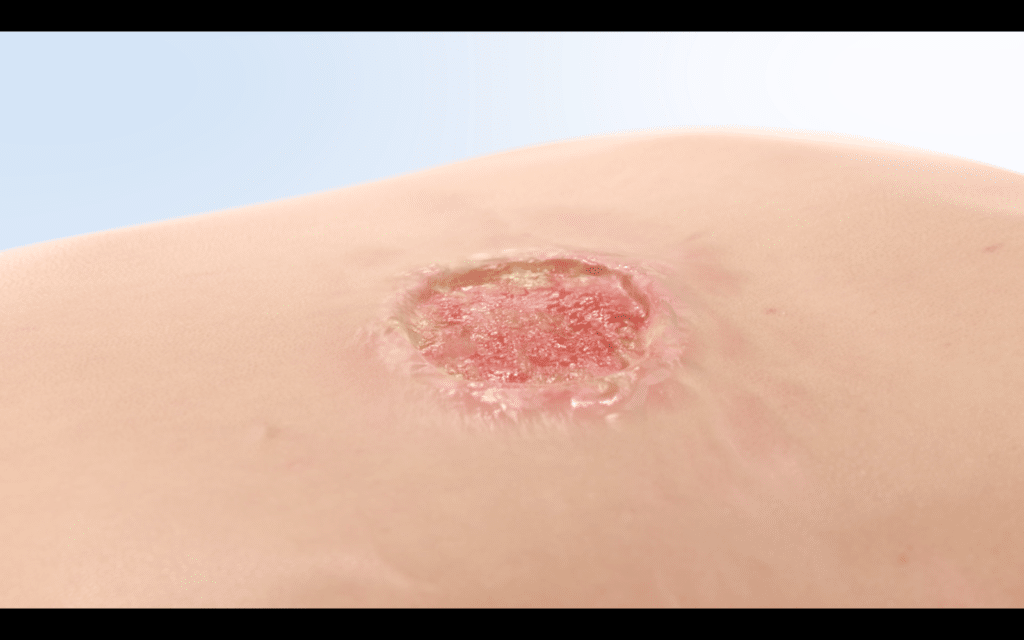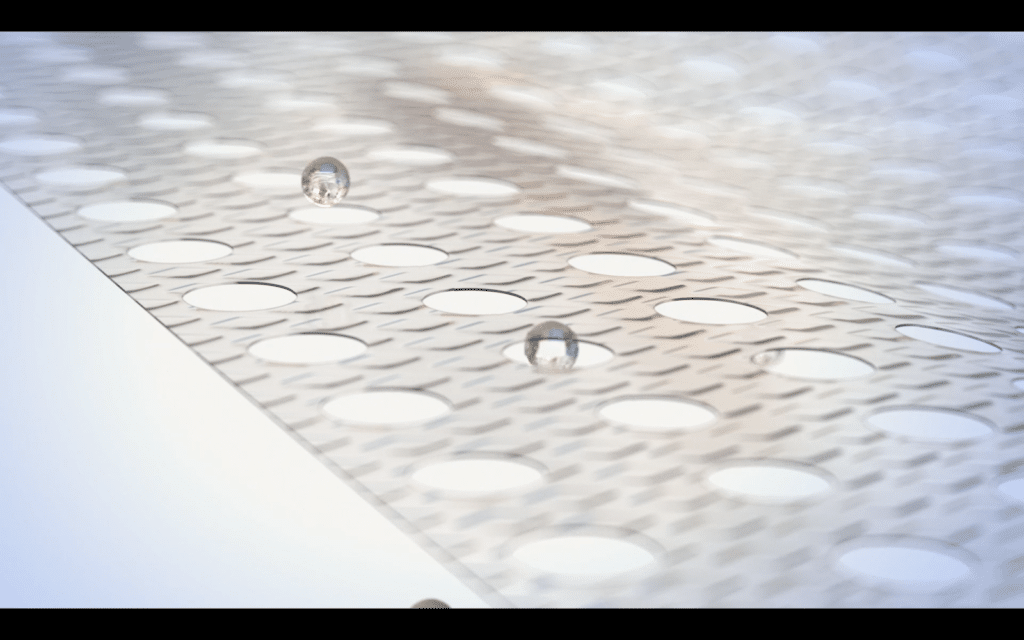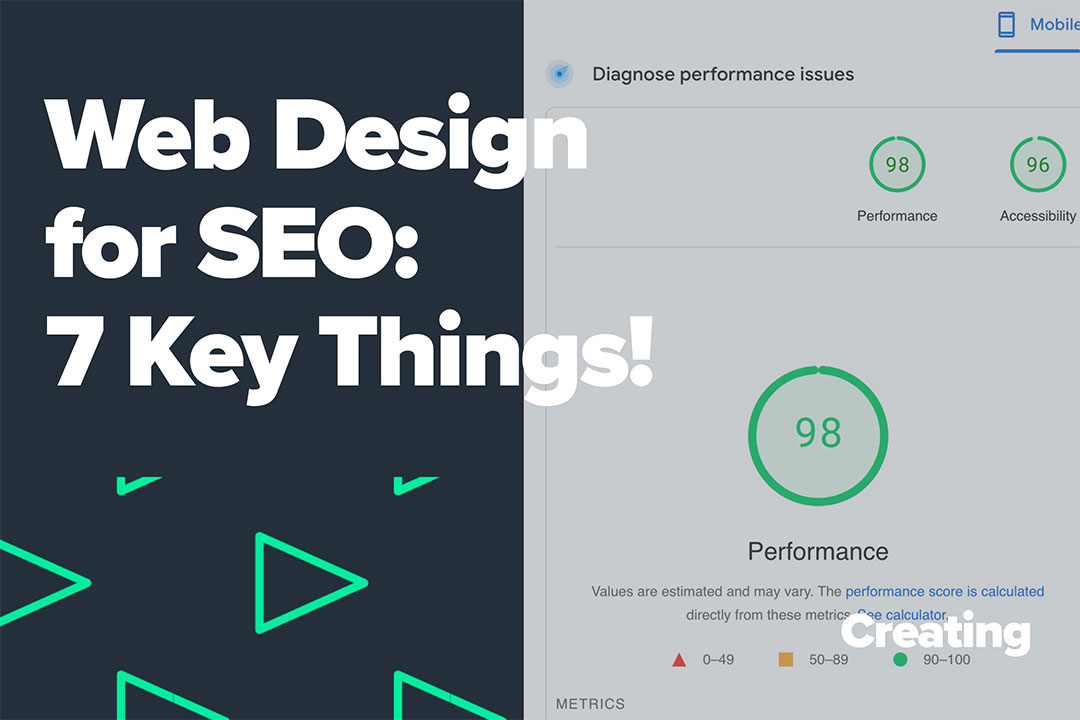At Eon Visual Medoa, when we talk about MOA videos, we are typically referring to 3D animation; the most popular style of MOA video adopted by our clients. Here is a brief breakdown of the typical production process:
Pre Production
The pre-production phase is the most involved part of the process and is undeniably, the most important to get right. The project will usually begin with a briefing meeting between the client and our production team. Within this meeting (face to face is always recommended) we would aim to establish as much information as possible about the product and its mechanism of action. This helps with our understanding and therefore assists with formulating a story. At this stage, we would also ask to see physical samples of the product where applicable.
Once the brief is agreed, we would work to develop a written strategy which lists all of the practical and stylistic requirements of the video project in a written document. This also incorporates the project costs.
Once we have obtained full client sign-off of the written strategy, we then begin to develop a wire-frame animation. Wire-framing consists of a simplified, black and white version of the full video, detailing the structure, all visual elements and compositions, timings, messaging and audio. This provides a really clear insight into how the overall animation will flow. It is at this point that any timing, scripting or content issues can be raised.

Also part of the pre-production phase is the look development. This is where both rough concept art and near-final quality images are developed, presented and reviewed. This helps both parties to work towards an approved styling, detailing and colouring of the video assets and full screen compositions.
On approval of the overall style or ‘look’ of the animation. We are then ready to move onto creating an animatic. This is essentially a further developed version of the wireframe animation, with a more stylised look and feel.
Production
Only following client sign-off of the animatic, are we ready to move into full animation production. The main production process of a MOA animation consists of a combination of modelling, texturing, rigging, animation, lighting and rendering. All of these components come together to create your beautifully rendered medical animation with stunning imagery and smooth motion.
Post Production
The final piece to the puzzle is the post production phase. Here, we apply any necessary colour correction and composite all of the separate elements together, including any sound design and/or music. Motion graphics or text elements are also added before preparing for final output and distribution.
When considering production of a 3D MOA animation, there are a couple of additional factors which need to be considered. The first is timescale.

The 3D animation process is a complex and intricate beast. You should aim to start pre-production several months ahead of your final deadline. Sufficient time also needs to be allocated for each stage of the production to be reviewed by legal and/or regulatory. This includes scripting (voice over, description of visuals and on-screen text), storyboards (including look images) and also the finished animation.
Another key consideration is budget. As discussed above, each style of MOA video can be produced with different levels of complexity, 3D production is no exception. The cost of the animation will be determined by a number of factors including complexity, availability of assets, length of video, number of revisions and deadline.
By investing time and effort into a MOA animation, the final outcome can be a true work of art. An inspiring piece of video content, not only with real production value, but also something which is informative and stands the test of time.
If you think a MOA animation might be a suitable fit for your project, please get in touch and we’d be happy to talk it through with you in more detail.





